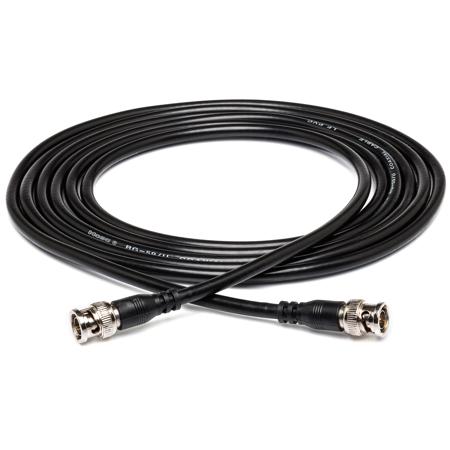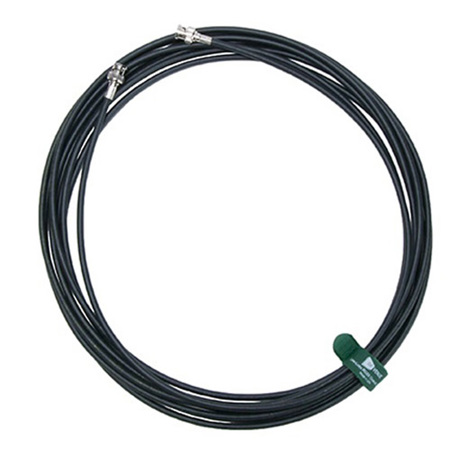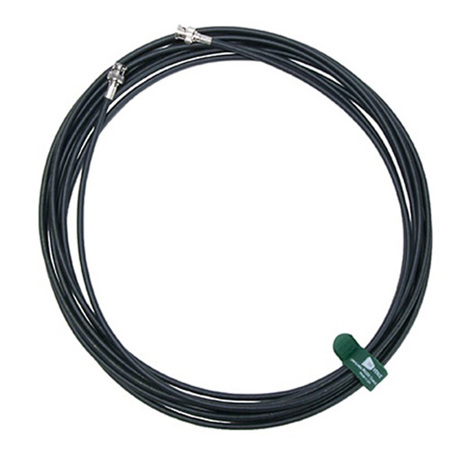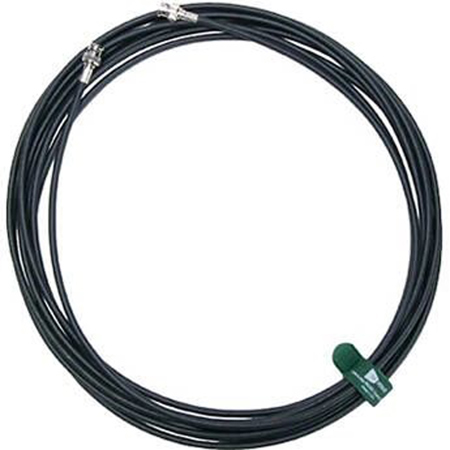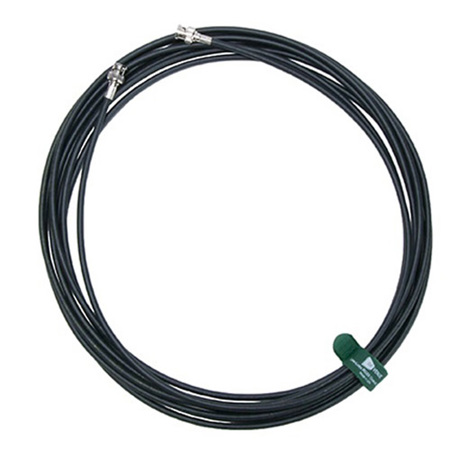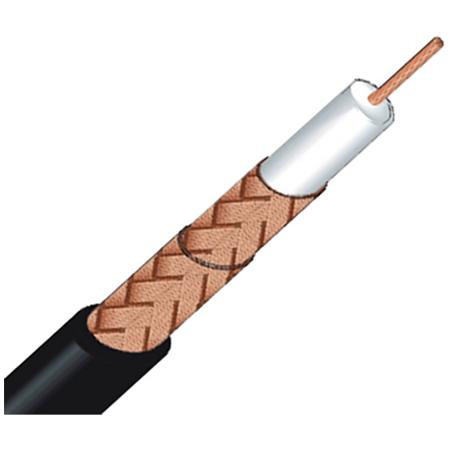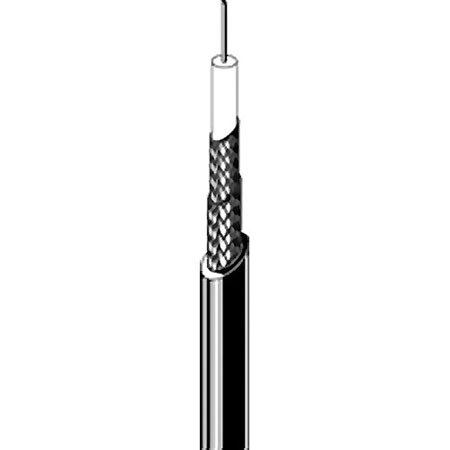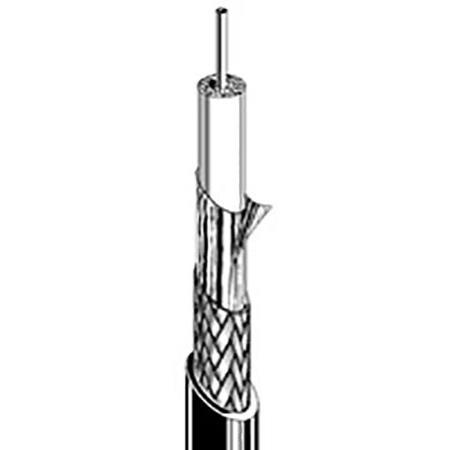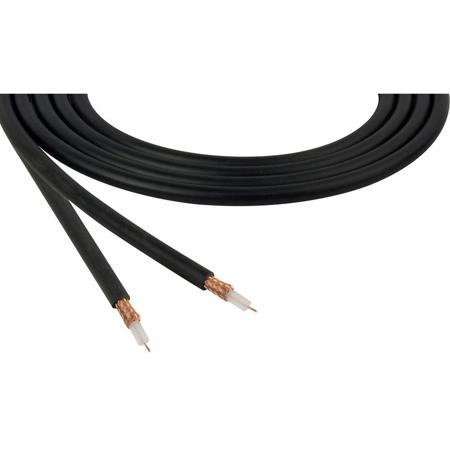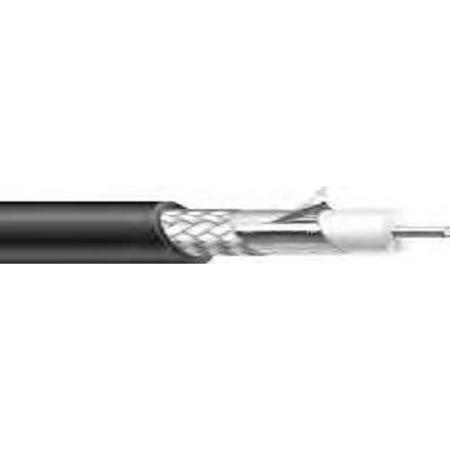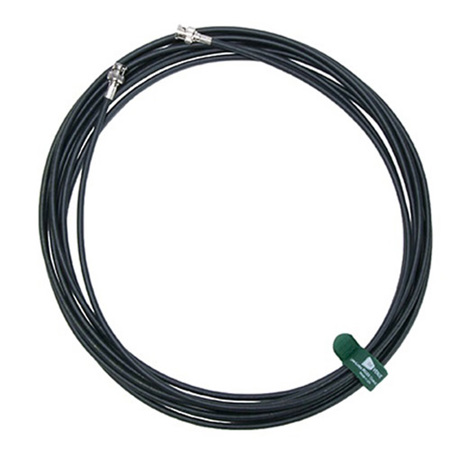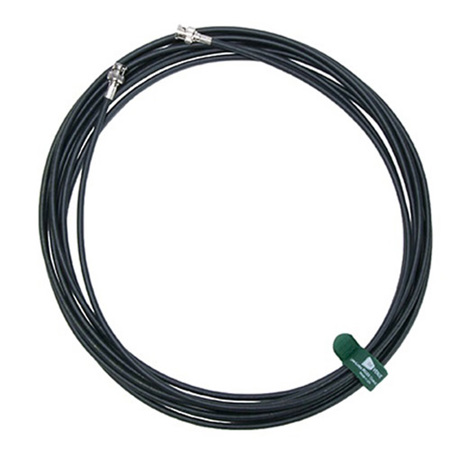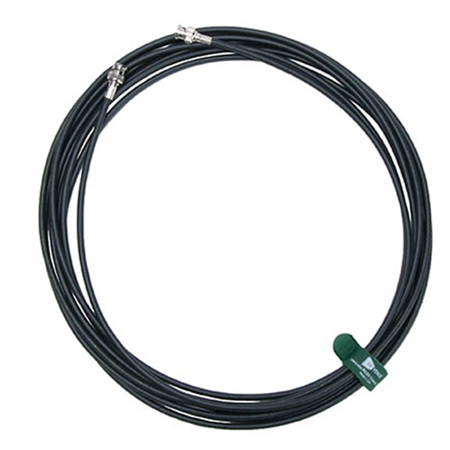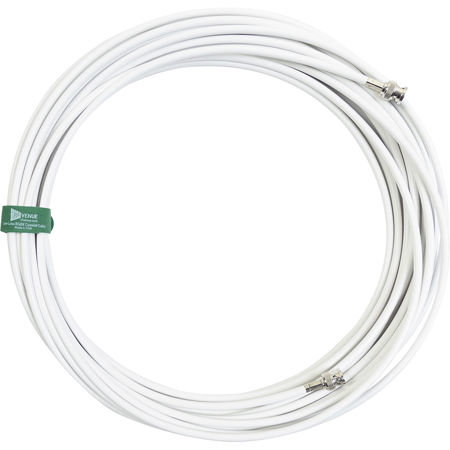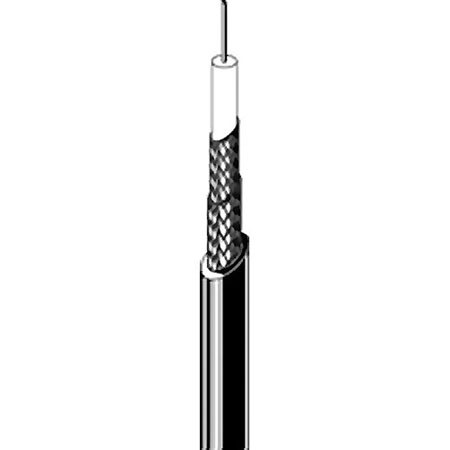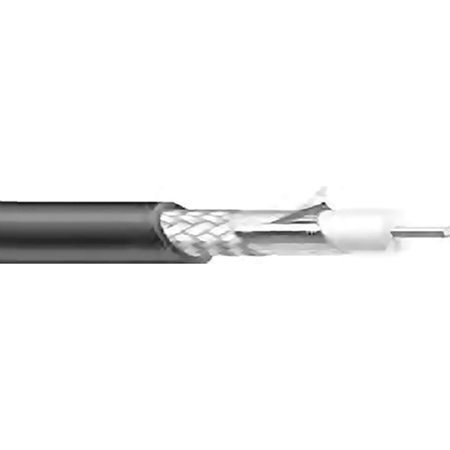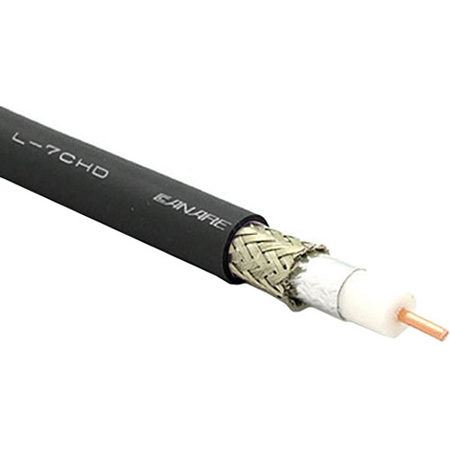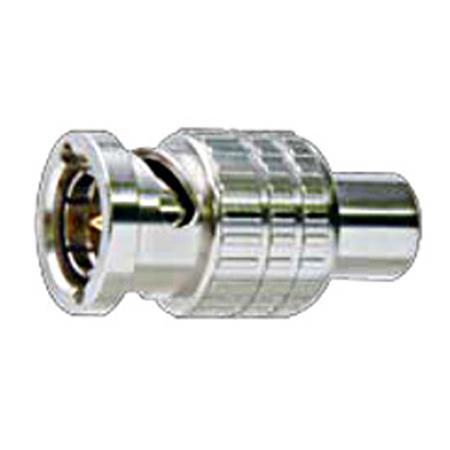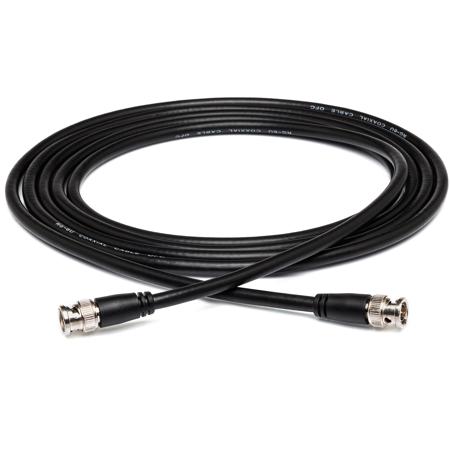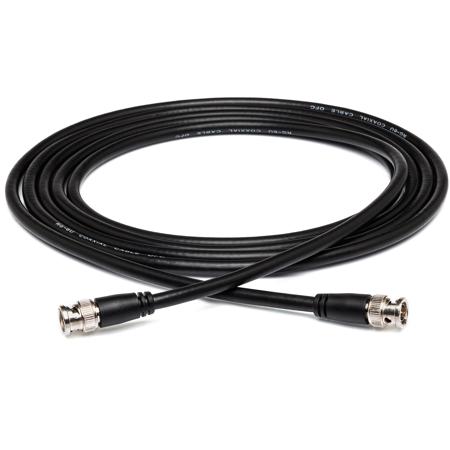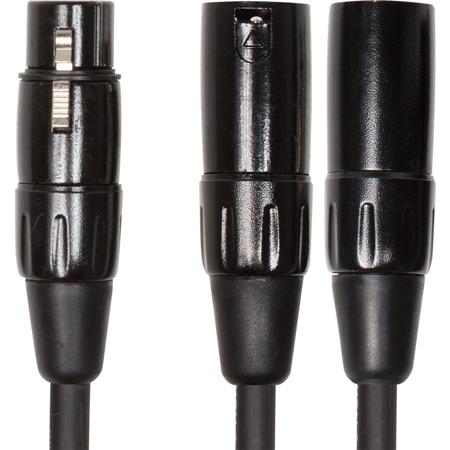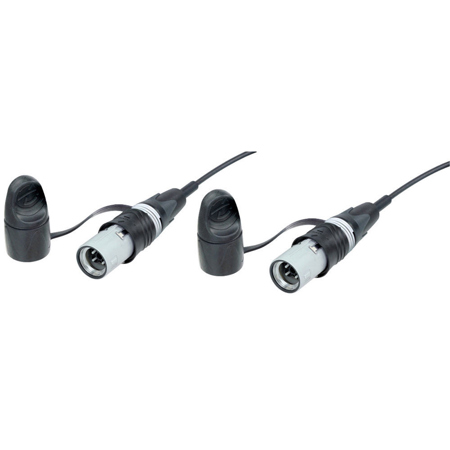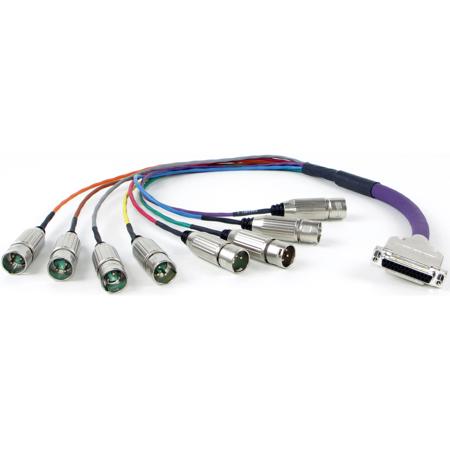Flexible Coaxial Cables
Flexible coaxial cables are essential components in a wide range of professional and hobbyist applications, prized for their unique combination of flexibility, signal integrity, and durability. Unlike semi-rigid alternatives, flexible coaxial cable is constructed with stranded center conductors and pliable dielectric materials that allow it to bend and twist without sacrificing performance. This makes it ideal for environments where cables must be routed through tight spaces, around corners, or integrated into moving systems. Whether you’re setting up a broadcast studio, configuring a surveillance network, or working on a home entertainment system, the ability to maneuver a bendable coaxial cable without worrying about signal degradation can make all the difference in both installation and long-term reliability. As the autumn season brings new projects and system upgrades, flexible coaxial cables are especially useful for those tackling indoor rewiring or preparing outdoor setups that need to withstand variable temperatures and moisture.
Engineers, technicians, and AV professionals frequently rely on flex coax cable for test and measurement setups, where equipment may be reconfigured regularly and cables are subject to repeated movement. In these scenarios, the robust shielding and low attenuation properties of flexible coax cables ensure that data transmission remains stable and interference-free, even as cables are bent and flexed during daily use. The adaptability of these cables also makes them a go-to choice for robotics, automated machinery, and cable tracks, where continuous motion is a given and traditional cables would quickly wear out. For those involved in telecommunications, aerospace, or defense, the need for high-performance, flexible coaxial cable that can handle demanding environments is paramount. These cables are designed to maintain phase stability and signal quality, even under vibration or harsh conditions, making them indispensable for mission-critical applications.
Flexible coaxial cables also make thoughtful gifts for amateur radio enthusiasts, home theater buffs, or anyone passionate about building or upgrading their own AV or networking systems. The versatility of these cables means they can be used for everything from connecting antennas and satellite dishes to linking up cable TV and high-speed data equipment. When selecting the right flexible coaxial cable, it’s important to consider factors like impedance (typically 50 or 75 Ohm), frequency range, signal attenuation, and connector compatibility to ensure seamless integration with your devices. As you explore options for your next project or gift, remember that a high-quality flexible coaxial cable can provide years of reliable performance, even in the most complex or dynamic setups. For those seeking a broader selection of related solutions, be sure to visit our RF Cables page for more choices tailored to your specific needs.
Engineers, technicians, and AV professionals frequently rely on flex coax cable for test and measurement setups, where equipment may be reconfigured regularly and cables are subject to repeated movement. In these scenarios, the robust shielding and low attenuation properties of flexible coax cables ensure that data transmission remains stable and interference-free, even as cables are bent and flexed during daily use. The adaptability of these cables also makes them a go-to choice for robotics, automated machinery, and cable tracks, where continuous motion is a given and traditional cables would quickly wear out. For those involved in telecommunications, aerospace, or defense, the need for high-performance, flexible coaxial cable that can handle demanding environments is paramount. These cables are designed to maintain phase stability and signal quality, even under vibration or harsh conditions, making them indispensable for mission-critical applications.
Flexible coaxial cables also make thoughtful gifts for amateur radio enthusiasts, home theater buffs, or anyone passionate about building or upgrading their own AV or networking systems. The versatility of these cables means they can be used for everything from connecting antennas and satellite dishes to linking up cable TV and high-speed data equipment. When selecting the right flexible coaxial cable, it’s important to consider factors like impedance (typically 50 or 75 Ohm), frequency range, signal attenuation, and connector compatibility to ensure seamless integration with your devices. As you explore options for your next project or gift, remember that a high-quality flexible coaxial cable can provide years of reliable performance, even in the most complex or dynamic setups. For those seeking a broader selection of related solutions, be sure to visit our RF Cables page for more choices tailored to your specific needs.
